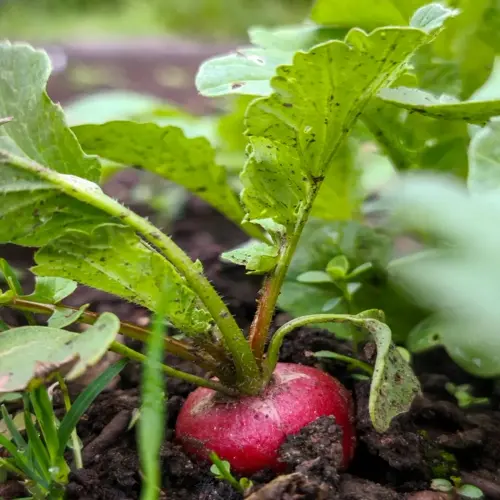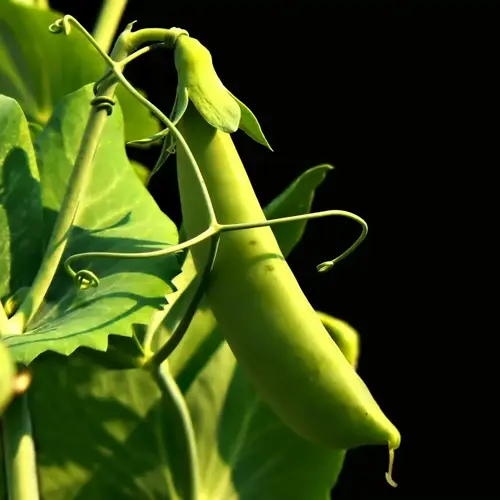How does pruning extend lavender's lifespan?

Written by
Liu Xiaohui
Reviewed by
Prof. Samuel Fitzgerald, Ph.D.Pruning lavender every year changes them from mediocre to lifelong plants. A bush I have maintained is over 12 years old due to proper care. Pruning encourages new growth from the base. This stops woody growth from forming at the base, which weakens stems. Your lavender increases its resiliency to snow load and winter kill. Neglected lavenders become leggy and die young.
Structural Reinforcement
- New stems grow thicker with flexible cell walls
- Strengthened vascular bundles transport nutrients efficiently
- Dense growth pattern resists snow accumulation damage
- Root systems expand deeper for drought resistance
Blooming Enhancement
- Energy redirects from wood production to flower formation
- Blooms increase by 50% on pruned plants
- Extended flowering period from June to September
- Higher essential oil concentration in flower buds
Spring timing is important for longevity. I prune when buds are showing silver tips. This is at the start of sap movement. Cuts heal more quickly with active growth. Remove one-third of the growth with bypass secateurs. Make cuts at a 45-degree angle above the buds, and shape the plants into domes to achieve balanced light.
Summer deadheading is closely tied to annual pruning. On a certain day in July, I cut off the spent blooms. This saves energy that would otherwise be used in seed production. Plants can devote energy to root and stem growth. Expect even thicker plantings next season. Continued engagement creates a self-perpetuating cycle of care and maintenance. Healthy lavender outlives poorly maintained plants by three times as long.
Aftercare secures lasting benefits for longevity. Once pooned, I water lightly. I use gravel mulch for root insulation. Avoid fertilizers with a high nitrogen content, as they promote soft growth that is susceptible to frost. Inspect for new shoots three weeks later - Indicates successful renewal. The commitment and work are worth it for decades of fragrance!
Read the full article: When to Prune Lavender for Best Results

